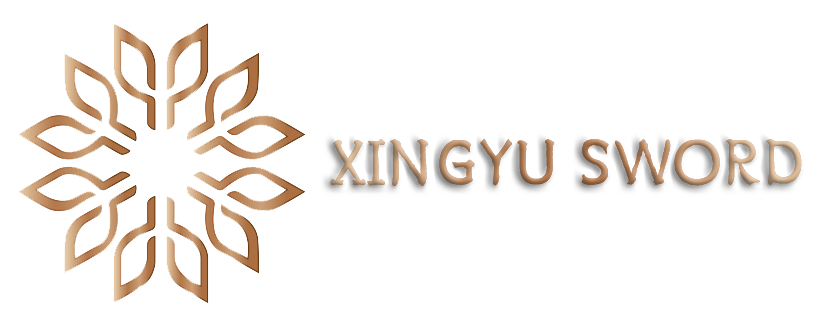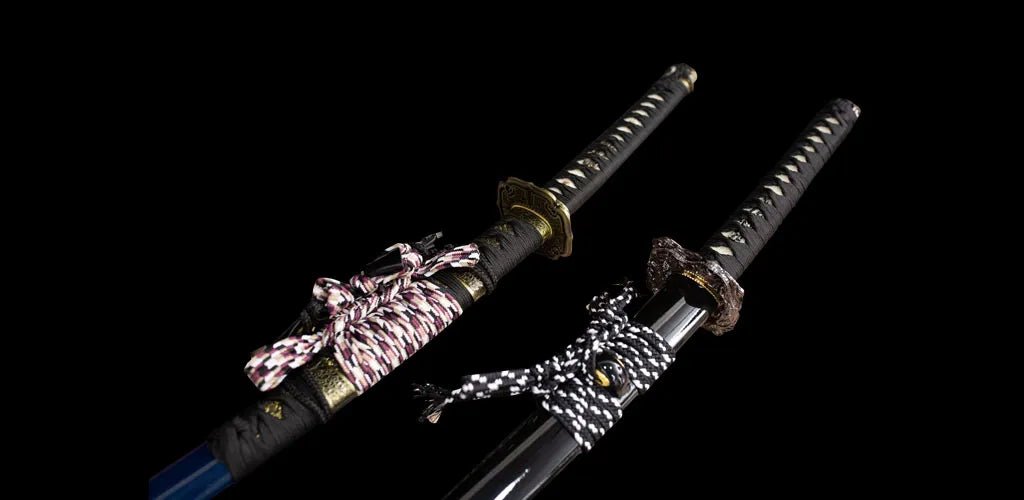Katana set

1 uchikatana
uchikatana can be said to be a representative of the Japanese sword, is the main weapon of the samurai on foot, the length of the blade is 70-80 centimeters, showing a backward curved form, called "anti", longer than the wakizashi, an inch long, an inch strong, so people always choose to fight the time! The uchikatana is the weapon of choice in battle.

2 Wakizashi
The wakizashi was used as a sidearm of the samurai, worn at the waist along with the uchikatana, and used for combat and close combat in damaged or narrow places in the uchikatana, with a blade length of 30-60 centimeters, and rarely used by the samurai in general, but there were exceptions. Wakizashi has its own specialized method of use, which is the one-handed wakizashi fighting style. In Japanese swordsmanship it is called Kotatana, and was practiced by Tosan Ryu and Katori Shindo Ryu. Miyamoto Musashi's "にてんいちりゅう" is a way of holding uchikatana in one hand and wakizashi in the other.

3 Tantō
The Tantō was a short, delicate sword that existed only for ceremonial and symbolic purposes, and was not usually used as a combat weapon, so samurai fought with uchikatana and wakizashi, and the Tantō was usually worn by high-ranking officials at the waist or in the arms of women, and was also known as a pocket sword, and was usually lavishly decorated and more expensive than a long sword, and was rarely used in combat. It was seldom used in combat, but was used for stabbing or disembowelment, and blades up to 30 centimeters in length were called tantō.
Arrangement of the Samurai Sword Set
Usually, the wakizashi Tantō will be placed with the blade facing upwards, so that the blade is suspended in the saya, reducing damage to the blade. The tsuka should be placed to the left, so that the front of the katana is more ornamental on the one hand, and non-threatening on the other; if the tsuka is placed to the right, it means that the blade can be drawn with the right hand at any time, and sheathed at any time to injure someone.
The usual order of placement is Tantō at the top, wakizashi in the middle, and katana at the bottom.
katana daisho





Leave a comment
This site is protected by hCaptcha and the hCaptcha Privacy Policy and Terms of Service apply.